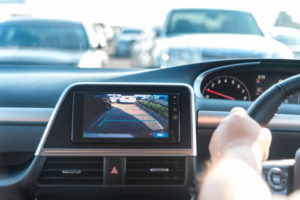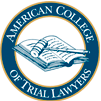AAA Points Out Over-reliance on Driver Assistance Systems

Drivers in North Carolina may be overly confident in the abilities of their car safety technology. This nationwide trend has been the subject of a study from the AAA Foundation for Traffic Safety, and some of the statistics may be alarming. The study also raises questions about how drivers can adapt to a future with semi-autonomous vehicles.
Approximately 80 percent of drivers with blind-spot monitoring, for instance, overestimate its limited ability to detect fast-approaching vehicles, bicyclists, and pedestrians. About 20 percent even neglect to look for oncoming vehicles when changing lanes.
Drivers Become Complacent
Adaptive cruise control, which brakes and accelerates on its own to keep up with traffic flow, has also made many drivers complacent. Approximately 29 percent say they are comfortable engaging in other activities when the feature is on. As for those with automatic emergency braking, more than 40 percent cannot tell it apart from a forward-collision warning.
The root of the problem seems to be a lack of education; dealers, automakers, and rental-car companies may not be informing customers about the limitations of this technology. Misleading marketing might also be a factor.
AAA emphasizes that such technology is indeed effective: According to federal estimates, it can cut down on car crashes by 40 percent and crash fatalities by 30 percent. However, it will backfire on drivers who believe the technology can replace them at the wheel rather than merely assist them.
In the wake of auto accidents, victims will want to determine how the other party was at fault. If they intend to file a third-party insurance claim, they may want to consult with an attorney, who in turn might hire third parties like car accident investigators and medical professionals to help build up the case. The attorney may be able to negotiate a settlement with the insurance company’s legal team, taking the case to court if one cannot be achieved.
Visit Our North Carolina Car Accident Injury Law Offices

Robert “Bob” Warlick was born and raised in Jacksonville, North Carolina. He graduated from Jacksonville High School and attended the University of North Carolina at Wilmington and Campbell Law School, where he was awarded his Juris Doctorate. Bob has been practicing law in Jacksonville since 1997 with extensive experience litigating claims involving motor vehicle accidents resulting in serious personal injury or death. He has also litigated numerous cases involving complex insurance coverage issues and first-party bad faith insurance claims.












